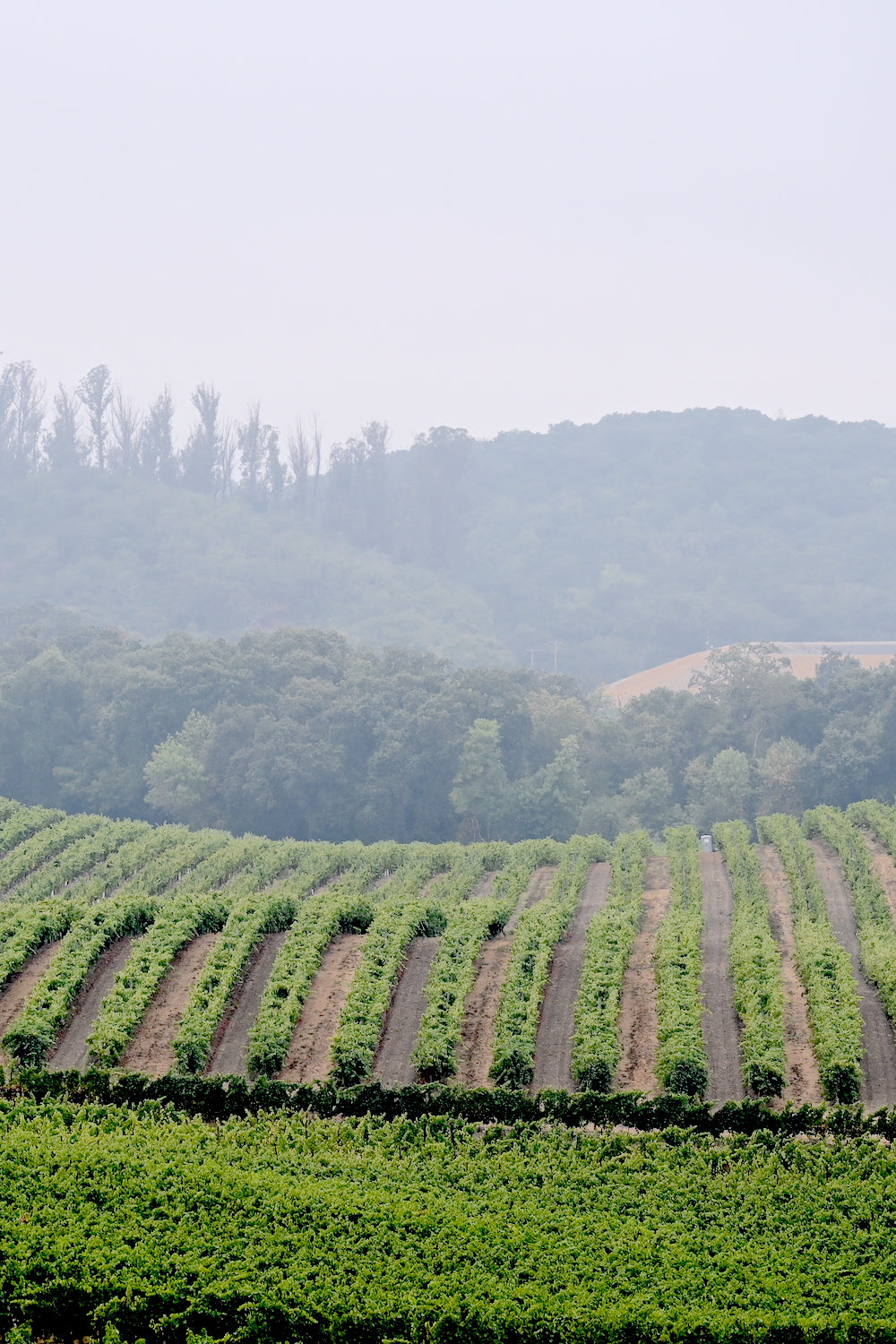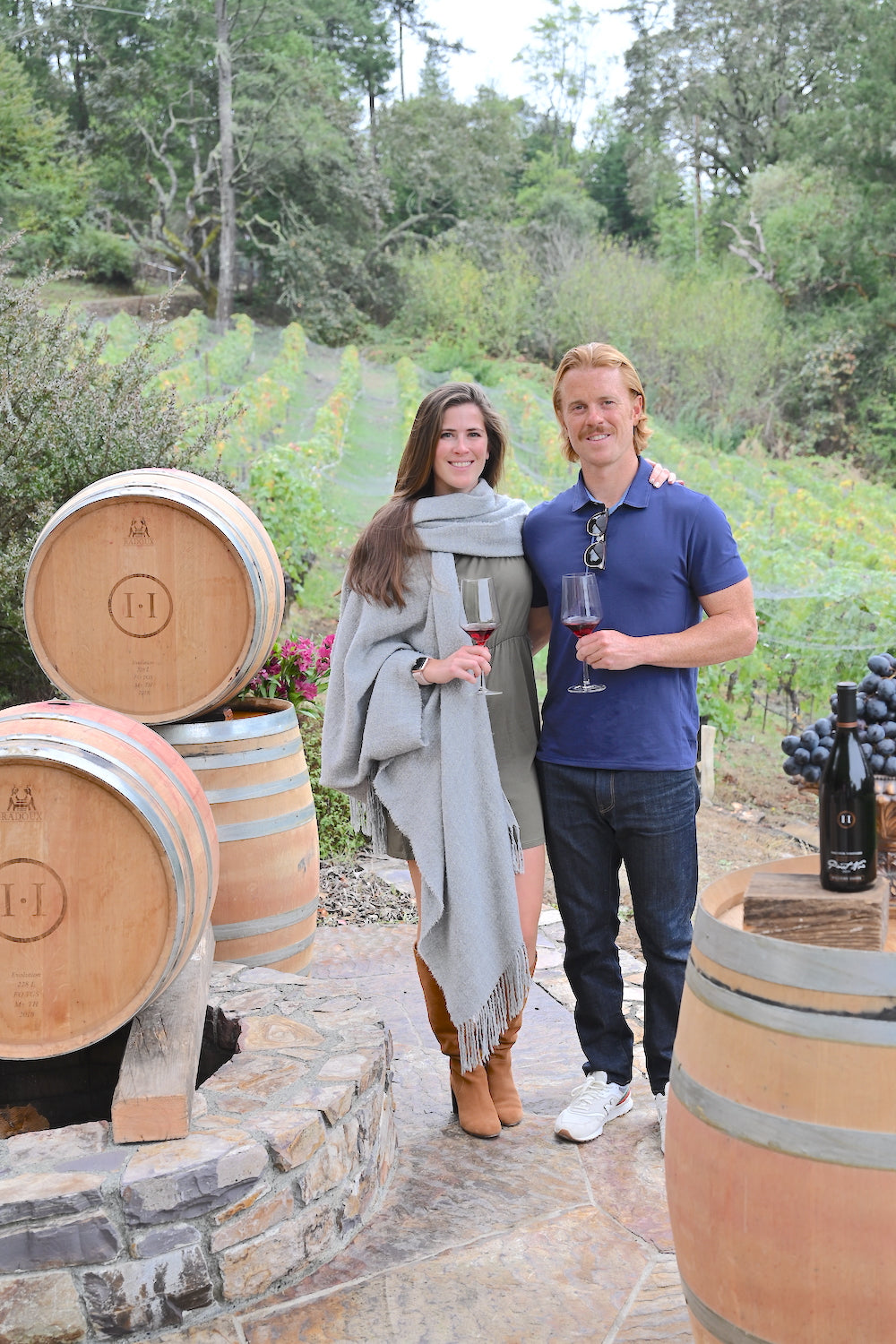Eco-Friendly Wineries In Sonoma County - The Charm Of Sonoma Wineries
Eco-Friendly Wineries In Sonoma County - The Charm Of Sonoma Wineries
Blog Article
Wineries Known For Their Hospitality - Local Wineries In Sebastopol
Wine tasting is an art that combines sensory experience with an appreciation for the nuances of different varietals. How to gauge flavors in winery wine tasting classes is pivotal to grasping the complexities of wine.
Engaging in a wine tasting includes more than merely sipping and savoring. It requires a focused method to establish aromas and flavors that each wine presents. As you start, observe the wine's appearance, noting its colour and clarity. These visual cues typically suggest a wine’s age, grape selection, and even potential flavor profiles.
The subsequent step in the tasting course of is to swirl the wine in your glass. This motion releases aromatic compounds that are important for evaluation. Lean in and take a moment to inhale deeply; the aromas can vary from floral and fruity to spicy and earthy. The nose of the wine is simply as essential because the palate, and recognizing scents plays a major role in understanding the general experience.
When taking your first sip, allow the wine to maneuver throughout your palate - Wineries Near Sonoma Square. Discover the preliminary flavors that current themselves. Is the wine fruity, floral, or perhaps herbaceous? This preliminary style offers insight into what the wine is likely to specific as you continue to gauge it. The mouthfeel additionally contributes to the overall flavor experience; it can be silky, tannic, and even effervescent.
Romantic Winery Destinations In Sebastopol - Sebastopol Area Wineries Offering Wine
As you continue tasting, pay attention to the wine’s steadiness. A well-balanced wine will harmonize acidity, sweetness, and tannins. If one component overwhelms the others, it would point out a less desirable quality. Evaluating stability can help you identify how nicely the wine might pair with food.
Transitioning to the finish, contemplate how the flavors evolve because the wine lingers in your palate. A long, pleasant finish can point out a high-quality wine, whereas a brief or abrupt end would possibly counsel otherwise. Reflect on whether the flavors stay consistent or if new notes emerge as the wine settles. This development can reveal complexities and intricacies that might not have been obvious within the initial tasting.
Temperature is also a vital consider evaluating wine flavors. Different forms of wine are optimally loved at specific temperatures. White wines typically shine when chilled, while purple wines generally carry out best at room temperature. When tasting, make certain the wine is at the applicable temperature to fully recognize its character.
Spectacular Vineyard Views In Sonoma - Explore Sebastopol Area Vineyards
Pairing food with wine can significantly improve the tasting experience. Meals can affect the perception of flavors in wine, both highlighting sure characteristics or diminishing them. When evaluating flavors, contemplate how the wine interacts with different meals, noticing which flavors are amplified or muted (Wineries Offering Educational Wine Seminars).

Consider the influence of terroir as you have interaction in a winery tasting. Terroir encompasses the distinctive environmental elements that affect grape rising, including soil composition, climate, and geography. Understanding a wine's terroir can present perception into its flavors and aromas, fostering a deeper appreciation for the choices made during its cultivation and production.
Training plays a elementary role in enhancing one's ability to evaluate wine flavors. Studying about grape varieties, wine areas, and manufacturing methods can pave the method in which for extra informed judgments throughout tastings. Moreover, attending workshops or classes can refine sensory skills and increase your flavor vocabulary, enabling you to articulate tasting notes extra effectively.

Finally, it is essential to remember that evaluating wine flavors is a extremely personal experience. Individual preferences and perceptions will invariably form one’s tasting journey. Enjoyment should be at the forefront, with the evaluation process acting as a device to boost understanding and appreciation quite than create rigid pointers.
Wineries Providing Guided Vineyard Walks - Winery In The Sonoma Wine Region
In conclusion, mastering the means to evaluate flavors in winery wine tasting classes involves a mix of sensory engagement, information, and practice. By studying to establish aromas, assess the stability, and respect the intricacies of flavor, wine enthusiasts can deepen their connection to each bottle they encounter. As with any art type, the extra one immerses themselves within the experience, the extra they will discover and benefit from the vast world of wine.
- Begin by observing the wine's shade and clarity, as these visible parts can trace at its flavor profile and getting older potential.
- Swirl the wine gently in your glass; this releases aromatic compounds, permitting you to better determine the advanced scents related to the wine.
- Take a deep inhale earlier than tasting, focusing on each primary and secondary aromas to collect insights on fruits, spices, and different nuances.
- When tasting, enable the wine to coat your palate; note the initial flavors, the mid-palate complexity, and the end as these levels can provide completely different flavor highlights.
- Pay consideration to texture and mouthfeel, as features such as tannin levels, acidity, and sweetness contribute significantly to the general tasting experience.
- Evaluate flavors against standard wine traits; for purple wines, think about berry notes, oak influence, and natural tones, whereas whites may embody citrus, stone fruits, and floral hints.
- Take notes during the tasting session to trace your impressions, serving to you to remember and evaluate the completely different wines sampled.
- Focus On your findings with fellow tasters or winery workers, as sharing insights can enhance understanding and appreciation of individual flavors.
- Allow time for the wine to breathe; generally, flavors evolve and reveal new dimensions after being exposed to air.
- Experiment with food pairings through the tasting as they can dramatically alter how flavors are perceived, influencing total enjoyment.undefinedWhat ought to I look for when evaluating the aroma of wine during a tasting?
Start by swirling the wine in your glass to release its aromas. Deliver the glass to your nostril and take a deep breath. Pay attention to the primary scents you detect, as these are sometimes probably the most outstanding. Look for fruit, floral, herbal, or earthy notes and attempt to identify particular traits, which can deepen your understanding of the wine's complexity.
Celebrated Winemakers To Discover In Sonoma - Sebastopol Wine Country Vineyards Adventure

How can I distinguish between completely different flavor profiles in wine?
Understand that flavor profiles are sometimes categorized as fruit, floral, herbaceous, spicy, or mineral. Take small sips and permit the wine to coat your palate. Notice the primary flavors that emerge first and the subtle notes that observe. This layering is essential in distinguishing the wine's traits and will assist you to appreciate its unique profile.
Affordable Wine Tastings In Sonoma County - Sebastopol's Best Wine Trails
What is the significance of the wine's texture in a tasting?
The texture of the wine, also referred to as mouthfeel, plays an important function in how we understand flavors. Pay attention as to if the wine feels easy, creamy, or gritty. The body of the wine (light, medium, or full) can enhance or contrast with flavors, offering a extra rounded experience during tasting.
How do I assess the stability of flavors in wine?
Steadiness in wine refers back to the concord between acidity, sweetness, tannin, and alcohol. Take official site a second to evaluate whether or not these elements complement or intrude with one another. A well-balanced wine may have none of its parts overpowering the others, creating a pleasant tasting experience.
Charming Wineries With Views In Sonoma Valley - Enjoying Wine Tastings And Vineyards Near Sebastopol
What role does temperature play in evaluating wine flavors?
Temperature can significantly impact the notion of flavors. Usually, pink wines are finest served slightly under room temperature, whereas white wines take pleasure in being chilled. As the temperature modifications, the aromas and flavors can shift, permitting you to perceive different traits. It’s essential to taste wine at its optimum temperature for true analysis.
Spectacular Vineyard Views In Sonoma - Tasting Fine Wines In Sonoma County
How can I enhance my tasting skills over time?
Practice is vital to enhancing your tasting skills. Wineries With Live Music Events Occasionally. Attend tastings, keep a journal of your experiences, and discover several types of wines to broaden your palate. Additionally, studying about wine production and grape varieties can provide context that enhances your analysis process, making you a extra informed taster.
Is there a selected order in which I ought to taste the wines?
Wineries Specializing In Sparkling Wines - Best Winery Located In Sonoma
Sure, it’s advisable to style wines from light to full-bodied and dry to candy. This development prevents the stronger flavors from overshadowing the extra delicate ones, allowing you to completely respect every wine's traits and nuances with out palate fatigue.
How can I evaluate the aftertaste of wine?
Wineries Producing Pinot Noir And Chardonnay - Top Wineries To Visit In Sebastopol
The aftertaste, or finish, is a vital facet of the wine-tasting experience. After swallowing, pay attention to how long the flavors linger on your palate and whether or not they change. A lengthy, pleasant end is usually an indicator of a high-quality wine, while a short Extra resources or disagreeable end may counsel in any other case.
Why is it important to notice the wine’s acidity during tasting?
Acidity contributes to the overall freshness and structure of the wine. Pay consideration to the tingling sensation on your tongue; greater acidity can improve the wine's liveliness and steadiness out sweetness. Noting acidity helps determine the wine's versatility with food and its growing older potential.
What should I do if I wrestle to determine specific flavors in wine?
Wineries With Locally Sourced Food Options - Sonoma Wine Tastings
Struggling to determine flavors is frequent, especially for newbies. Focus on broader classes and describe what you'll be able to acknowledge, corresponding to sweet or earthy notes. With practice, studying about completely different flavor profiles, and perhaps using flavor wheels, you'll refine your senses and develop a more nuanced approach to tasting. Report this page